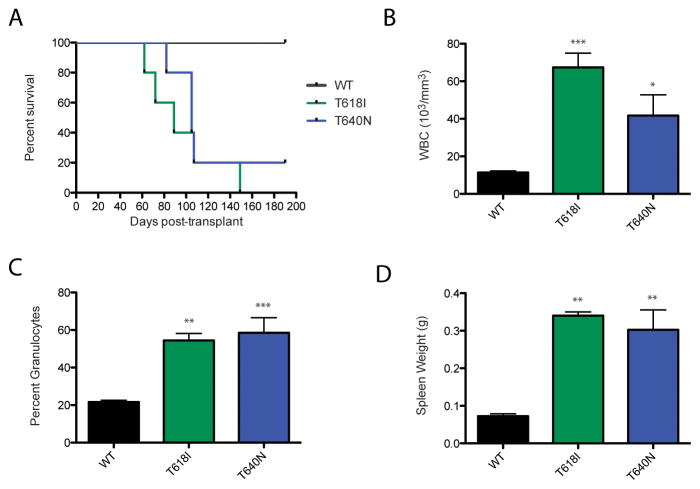Figure 2. CSF3R T640N causes a lethal leukemia in a mouse model, similar to T618I.
A mouse bone marrow transplant was performed to determine whether the T640N mutation could cause leukemia in a mouse model. (A) While WT CSF3R does not lead to death of the animals, the mice transplanted with the T640N or T618I constructs succumb to disease. (B) The CSF3R T640N and T618I transplanted mice have higher white blood cell counts than the mice transplanted with WT CSF3R. Average white blood cell counts measured with an Animal Blood Counter (Scil) are shown for the last data point prior to death of the mice, or euthanization for moribund animals or at the completion of the experiment for the WT CSF3R transplanted mice. Statistical significance was assessed using a one way ANOVA followed by a Bonferroni’s Multiple Comparison Test. * p<.05, ** p<.01, *** p<.001, and shown for each mutant relative to WT CSF3R (C) The CSF3R T640N and T618I mice had a statistically significant higher percent granulocytes than their WT counterparts prior to death (T618I, T640N) or euthanization at the conclusion of the experiment (WT CSF3R). Each individual mouse is represented in the plot along with the mean and standard error. (D) The CSF3R T618I and T640N transplanted mice have significantly larger spleens than their WT CSF3R counterparts. Spleen weight is shown in grams.

